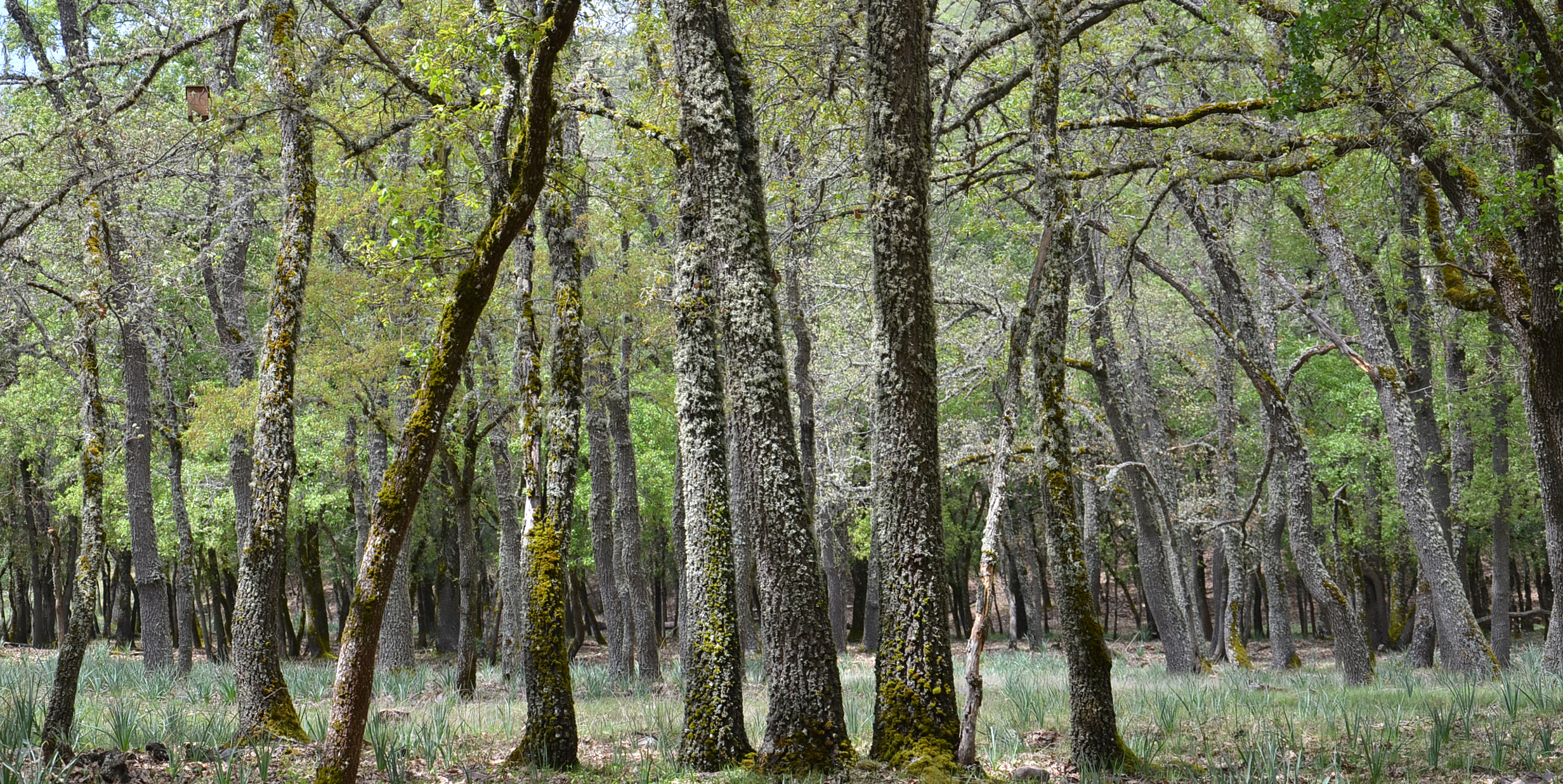Sanz Cid Juan José
- Investigador Científico
- Departamento: Ecología Evolutiva
- Dirección física: Calle José Gutiérrez Abascal, 2
- Teléfono: 9141113 28 (extensión 443639)
- Email: sanz@mncn.csic.es
- Página web externa: https://publons.com/researcher/B-8441-2011/
- Número ORCID: 0000-0003-2576-4050
- Palabras clave:

Investigación
Nuestro objetivo es comprender las causas ecológicas y consecuencias evolutivas de las variaciones en las estrategias vitales. La mayoría de nuestro trabajo se basa en la recopilación de datos a nivel individual sobre la reproducción y supervivencia de dos especies de aves insectívoras nidícolas en el centro peninsular (Montes de Toledo), el Carbonero y Herrerillo comunes. La investigación busca comprender la dinámica del proceso evolutivo en respuesta a variaciones ambientales relevantes (por ejemplo, cambio climático, la pérdida y fragmentación del hábitat). Queremos comprender cómo la evolución ha dado lugar a fenotipos y rasgos de historia de vida en las aves, tratando de identificar las causas que modulan la eficacia biológica de los individuos y poblaciones en el medio natural.

Proyectos vigentes
Título: Mecanismos de respuesta de las aves ante dos escenarios de cambio global: cambio climático y urbanización.
Mechanisms of response of birds to two scenarios of global change: climate change and urbanization.
Reference: CGL2016-79568-C3-1-P
Programa Estatal de Fomento de la Investigación Científica y Técnica de Excelencia
Research team: Juan José Sanz (IP) y Juan Carlos Senar
Global change is causing large negative impacts on biodiversity. Identifying and understanding proximate and ultimate causes of these impacts, and mitigate their effects, is a priority for current human societies. To understand the effects on the organisms we need to perform studies with a broad spatio-temporal scale, with a reasonable environmental variability, and including different parameters, which could potentially affect the adaptive capacity of the individuals.
Phenotypic differences within a species might be originated by genetic drift, by phenotypic plasticity, or by adaptive divergence (selection). For local adaptation to occur, some individuals should have fitness advantages. To demonstrate a process of adaptation in any scenario, and therefore in one of global change, would need knowledge on phenotypic variability, population genetic properties and dynamics, and characterization of the direction of the natural selection acting on these traits. An additional topic of recent interest is the role of habitat heterogeneity in promoting local adaptation at relatively short spatio-temporal scales. When selection gradient through alternate environments is strong enough to reduce the reproductive opportunities of immigrants, a local adaptation, which reduces genetic flow, might occur ("ecological speciation" or "isolation by adaptation"). Proximate mechanisms of this speciation type are largely unknown.
Our aim in the present project is studying the individual and population responses and consequences of different bird species in two global change scenarios: increasing urbanization and climate change. Our main targets are: (1) To identify local responses to global change; (2) Testing hypotheses on the existence of local adaptation processes based on phenotypic plasticity; and (3) Testing hypotheses on the existence of local adaptation processes based on microevolutionary changes ("contemporary evolution").

Publicaciones recientes
Bueno-Enciso, J., Núñez-Escribano, D. and Sanz, J.J. (2017) Contaminación acústica y el canto de las aves: un estudio con carboneros Parus major en la provincia de Toledo. Anuario Ornitológico de Toledo, 2008-2013: 188-203.
Otros investigadores del departamento
- Penteriani Vincenzo
- Alonso Alvarez Carlos
- Alonso Juan Carlos
- Aparicio Jose Miguel
- Bautista Sopelana Luis M.
- Blanco Hervás Guillermo
- Broggi Obiols Juli
- Canal David
- Carrascal Luis Maria
- Contreras Velasco Adara
- Cuervo Osés José Javier
- de la Concha Maroto Alejandro
- Fargallo Vallejo Juan Antonio
- Fusté i Mach Roger
- Galván Macías Ismael
- García del Río Marina
- García Guerra Marina
- Gil Diego
- Gómez Llanos Eduardo
- Gómez López Guillermo
- Gómez Vicioso Julene
- Jerylle ann Collado Soliven
- López Martínez María Pilar
- Martín Jose
- Melero Romero Pablo
- Merino Rodriguez Santiago
- Morales Fernaz Judith
- Morandini Virginia
- Moreno Klemming Juan
- Palacin Moya Carlos
- Palacios Martínez Iñigo
- Redondo García Iraida
- Rodríguez Airam
- Ucero Solís Alberto
- Veiga Relea José Pablo





